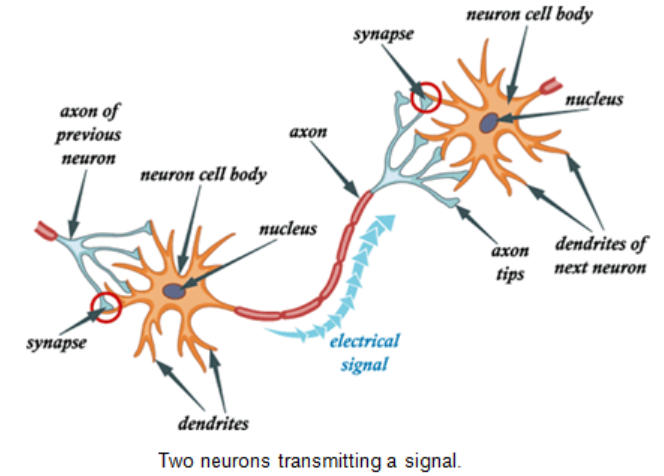I can't stop thinking about neurodisease patients and families struggling without answers. You may already know this, but neurological diseases are common and nearly impossible to treat with modern tools. This is for one, singular reason: we have no way of measuring therapeutic success or failure. No way of knowing when therapies work or don't work. No feedback loop. Today's best solution is to watch for long-term changes in patient behavior, which is subjective, inconsistent, and subtle.
Tracing the effect back to its root, we find that the root cause is poor resolution in modern brain imaging. Imagine the doctor as a first responder, who needs to pinpoint a car accident using a map that shows only lanes but no cars. It would be impossible! But, this is today's reality: MRI and PET show the brain’s roads—its neurons—but not how signals travel between them. We know when neurons are present or absent... and that's pretty much it! We are missing the most important information: the brain's traffic jams.
Next, I wondered how we could possibly measure the brain's traffic: how one neuron speaks with another neuron and where communication might break down. This is the rationale behind a new kind of imaging technique: Evoked Potential Tomography (EPT). Over the past 5 years, I've developed EPT specifically to measure inter-neuron behaviors that: accurately differentiate diseases, objectively measure patient improvement/decline, and increase our fundamental understanding of brain function.
To solve this imaging problem, I had to rethink how we see the brain. EPT rests on three ideas that opened my eyes:
- First, picture your brain as a vast highway system where every neuron is a road with a specific job. Symptoms, like memory loss or tremors, come from traffic jams on specific roads—patterns of disrupted signals between neurons, whether caused by injury or disease. Mapping these traffic jams offers real hope for patients seeking clarity. EPT focuses on each neuron's unique role, which is novel.
- Second, let's send a series of individual signals, e.g. single cars, down each neuron’s road. We can watch how each one travels—whether speeding along or jamming. In testing many neurons this way, we pinpoint all the traffic jams in a patient’s brain, showing exactly where signals break down. Unlike methods that only capture broad traffic patterns, EPT zooms in on individual roads, revealing precise neuron-to-neuron interactions.
- Finally, these test signals paint a detailed map of the brain’s highways, showing where traffic flows smoothly or stalls. This map uncovers the traffic jams which fully explain the symptoms, diagnosis, and guides doctors to the best treatment for the patient.
So, what is Evoked Potential Tomography? EPT is the concept of evoking specific signals in the brain to compare how individual neurons work together between patients with different conditions. Unlike other methods that only measure broad brain activity, EPT pinpoints precise neuron-to-neuron connections with unmatched clarity. Critically, EPT is a new imaging technique with significantly higher resolution than existing imaging. Instead of measuring presence of neurons, we can finally measure performance.
After 5 years, I've now run multiple clinical studies to test the EPT hypothesis and evaluate its clinical utility. We found that EPT combined with artificial intelligence techniques is fully capable of independently reproducing MRI and PET DICOM images (an industry first). Additionally, EPT can predict patient performance across a wide variety of cognitive/behavioral exams (another first). Finally, EPT can separate patients who otherwise appear similar in MRI, PET, and behavior, by revealing who has greater disease progression and their rate of progression over time (yet another first).
These results mean real hope for patients and doctors who’ve powerless in seeking answers to the most fundamental question: how well is treatment working? This is a monumental breakthrough for neuroscience, neurology, and general brain health! For the first time, we finally have direct biomarkers of neurodisease progression. Yes, this is a bold claim, but the science is sound, the results are robust, and you can read more on my company website, Vistim Labs: Publications. You can also read one of our recent pre-prints here: https://www.medrxiv.org/content/10.1101/2025.07.08.25331158v1

